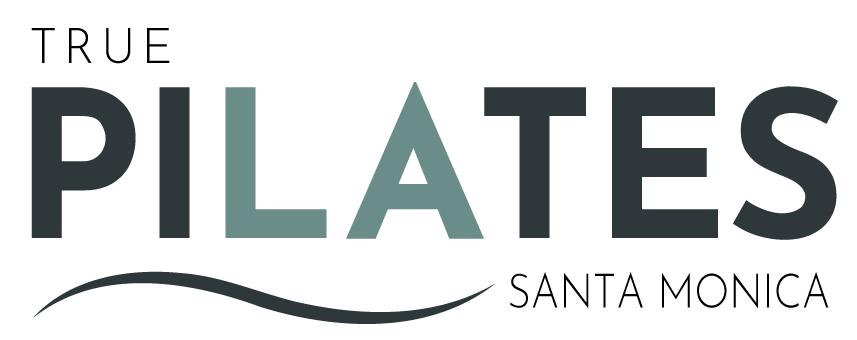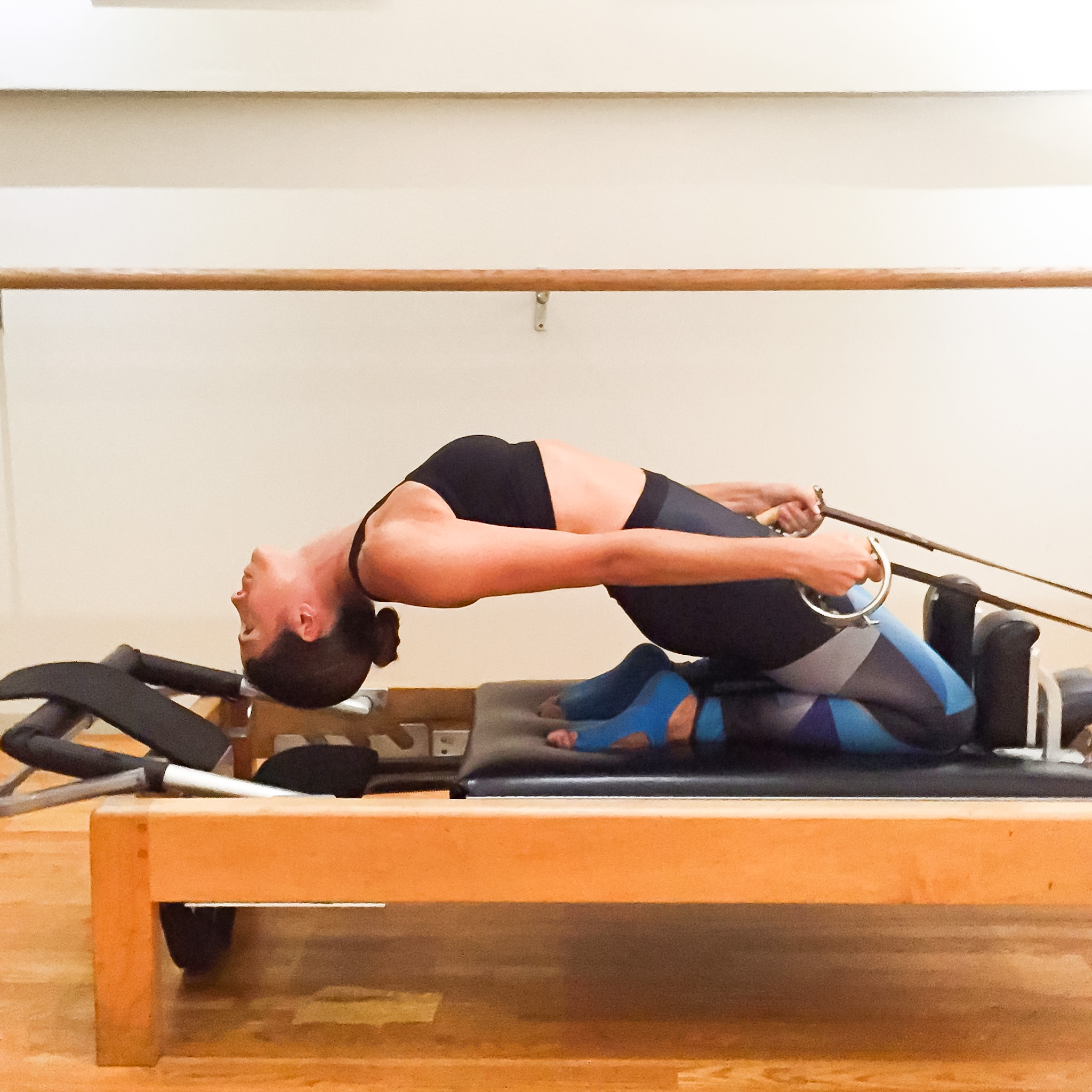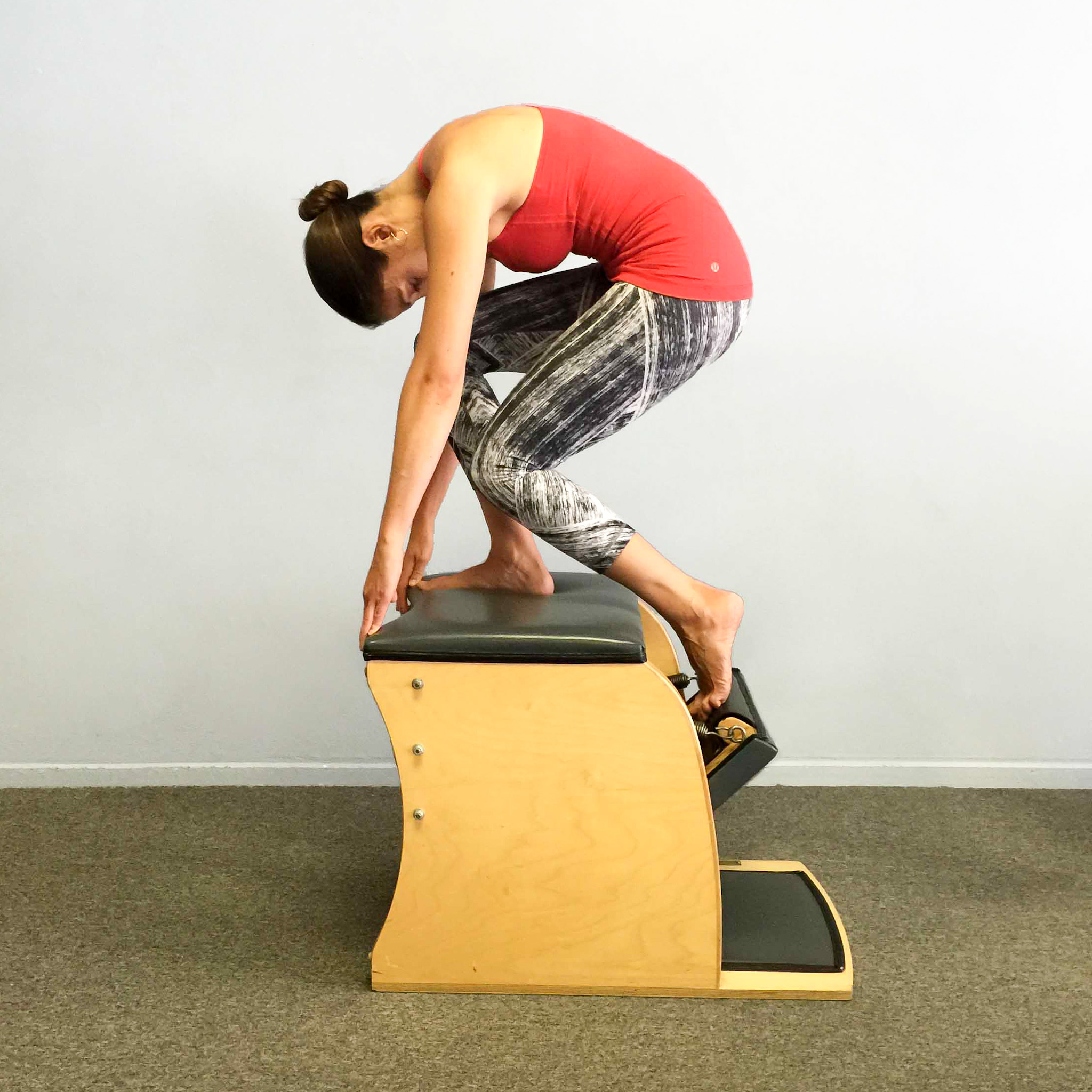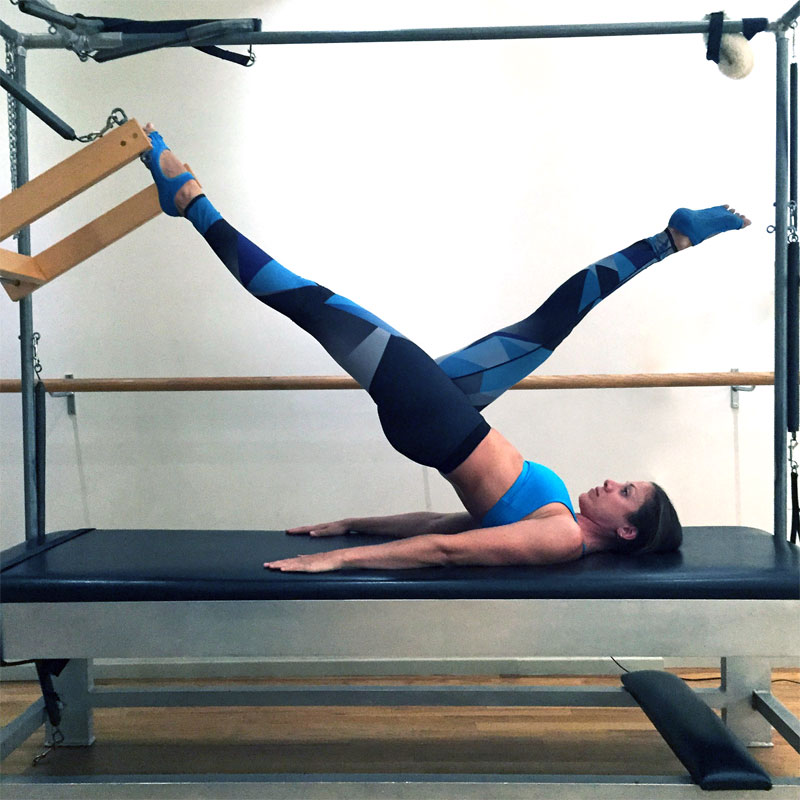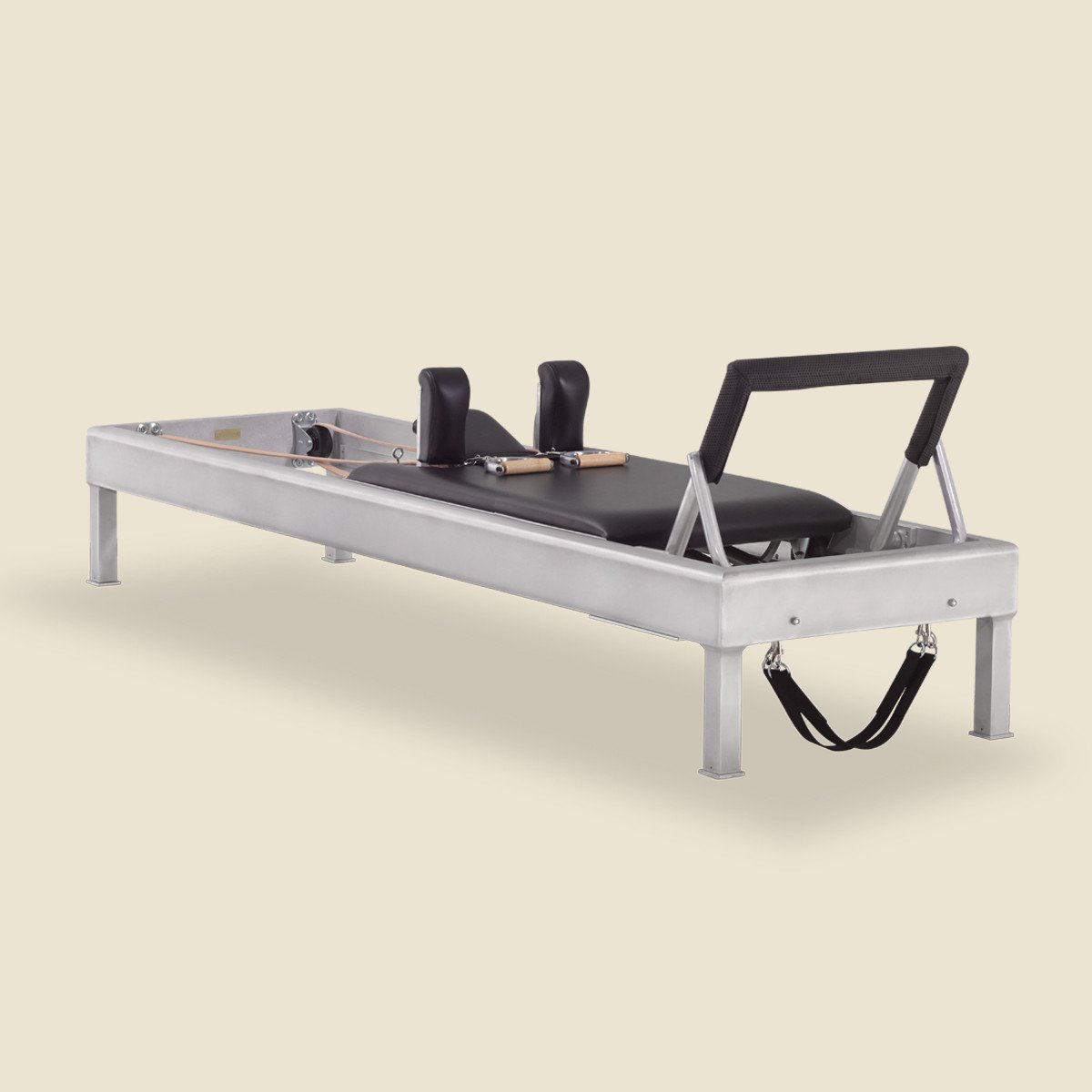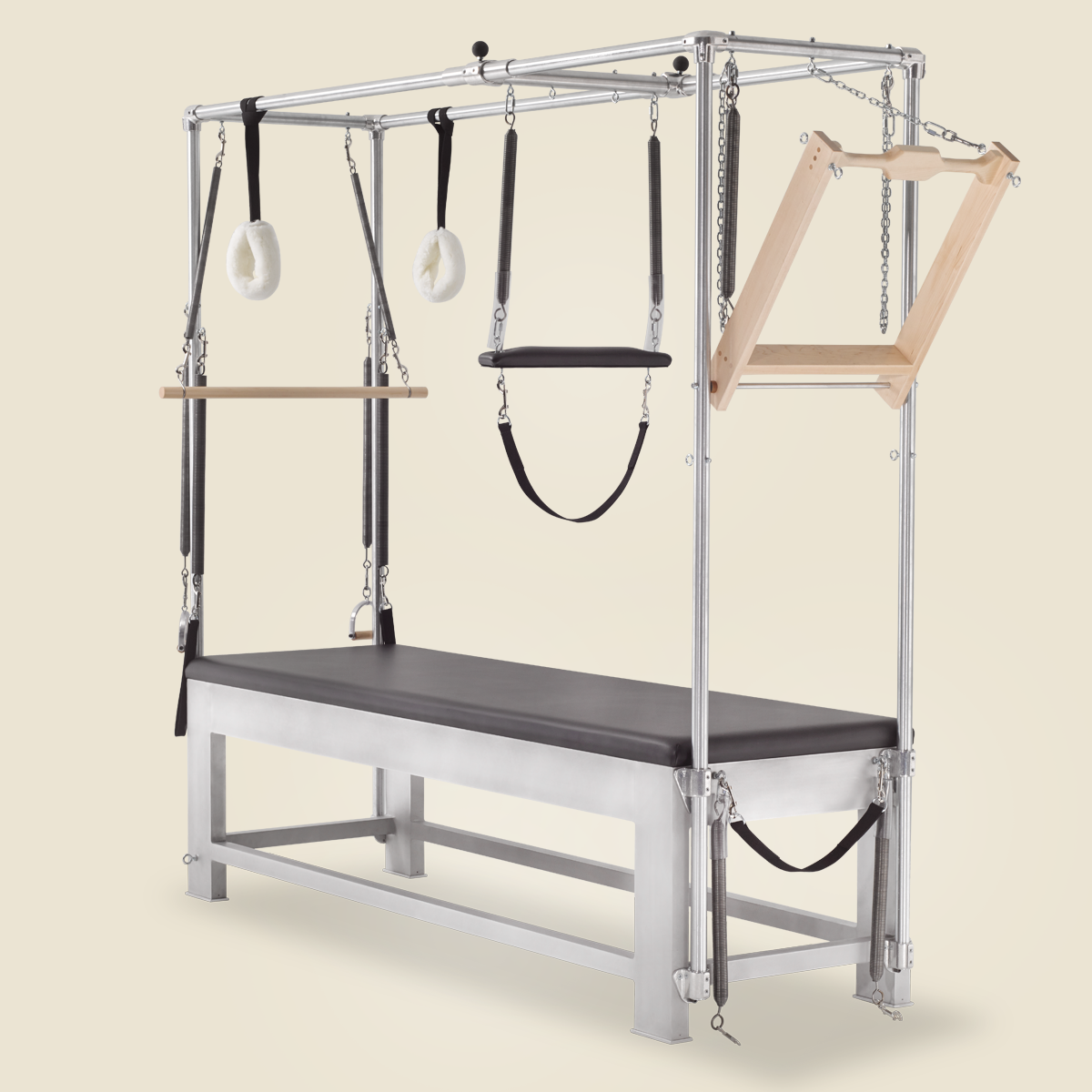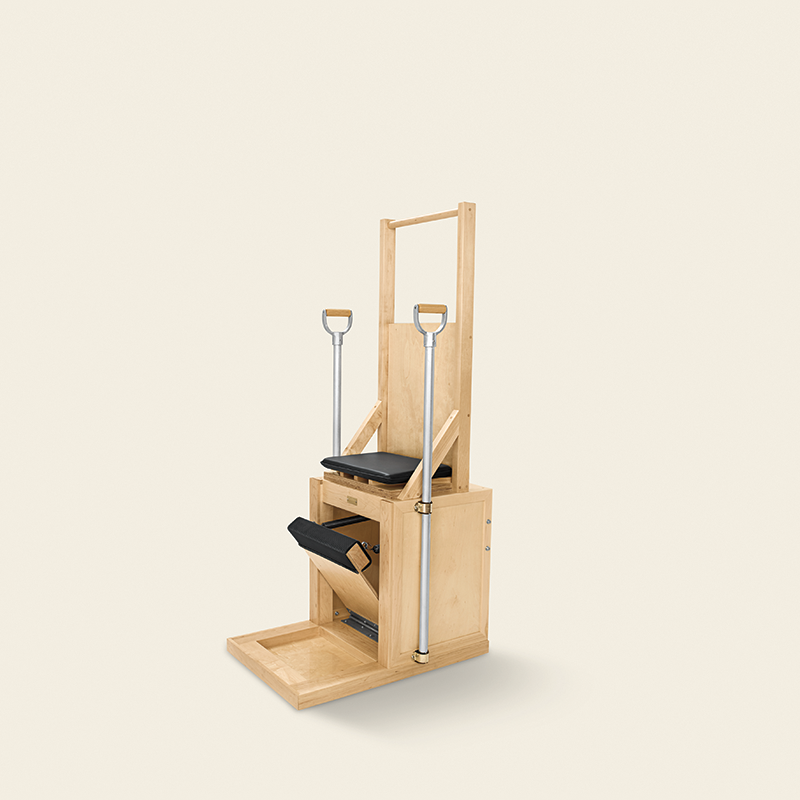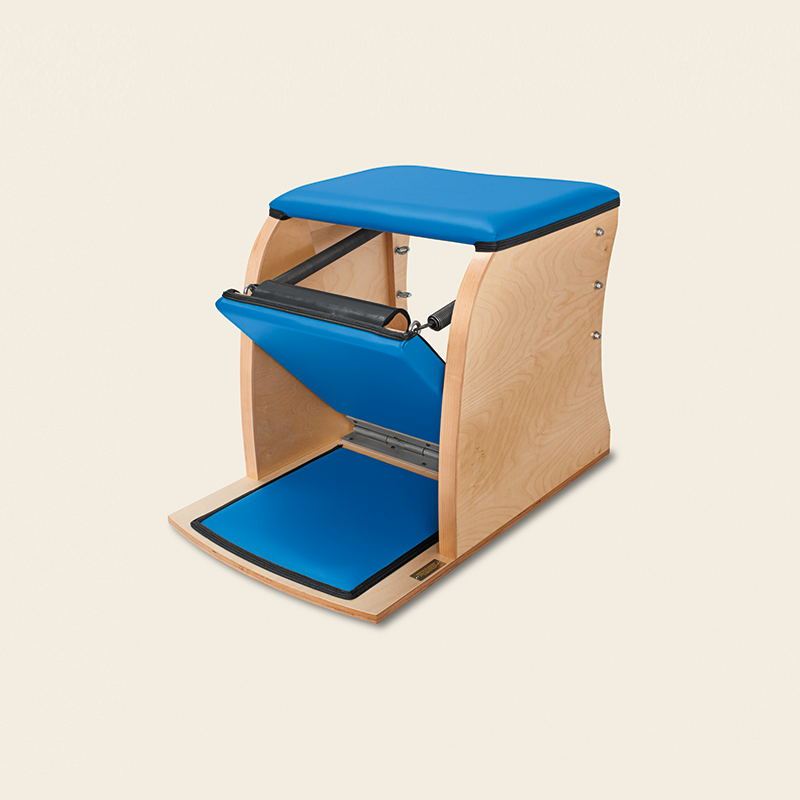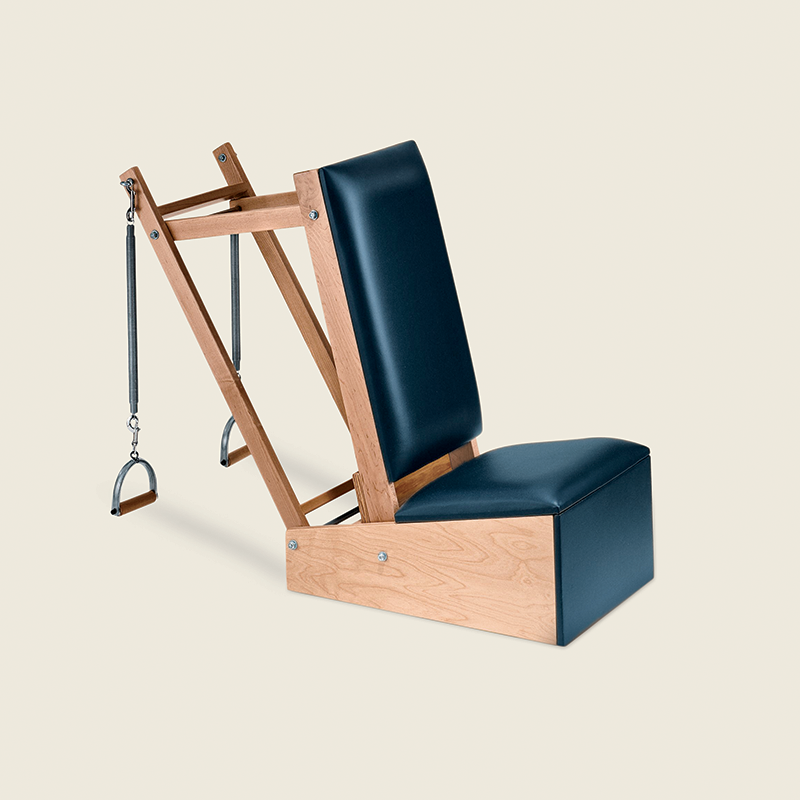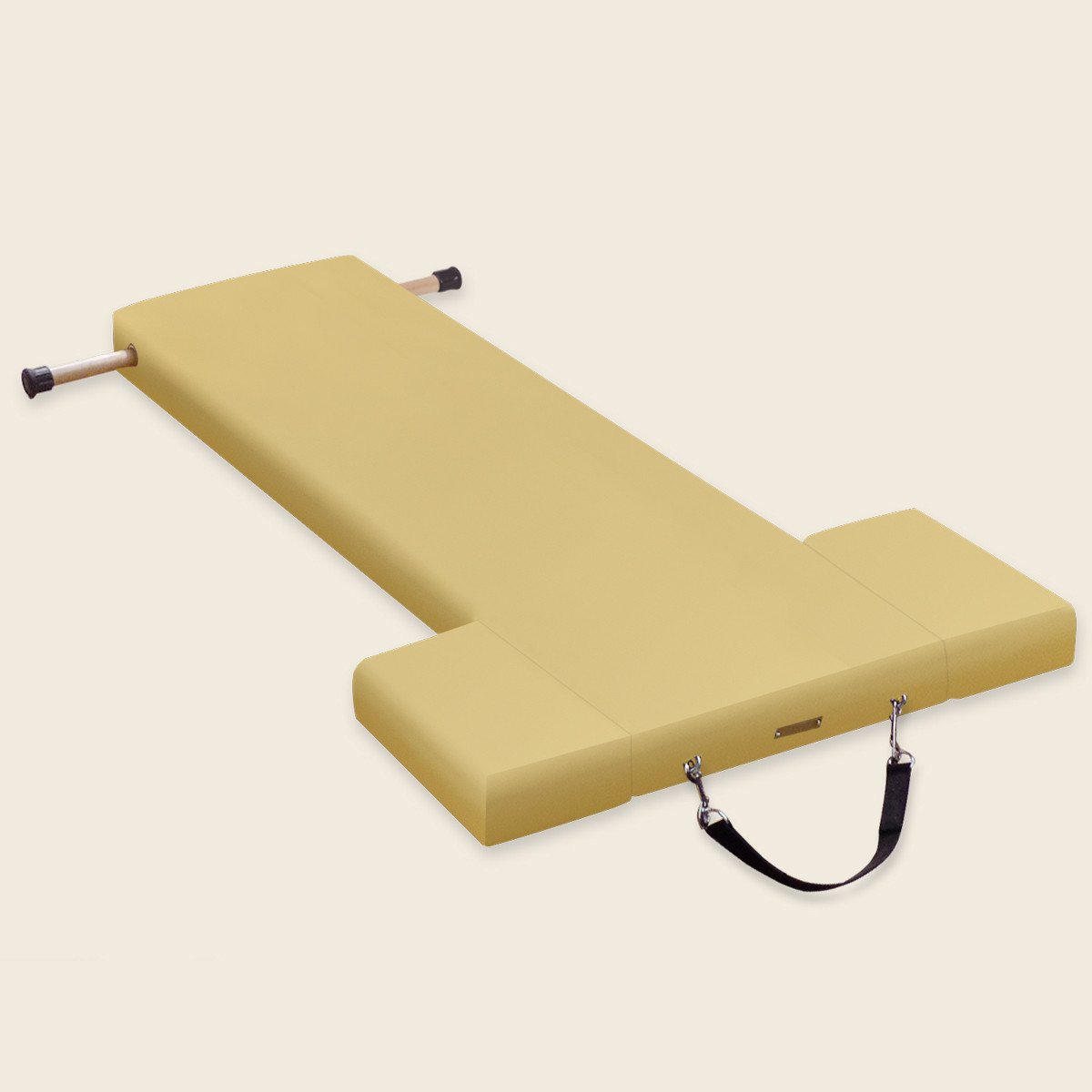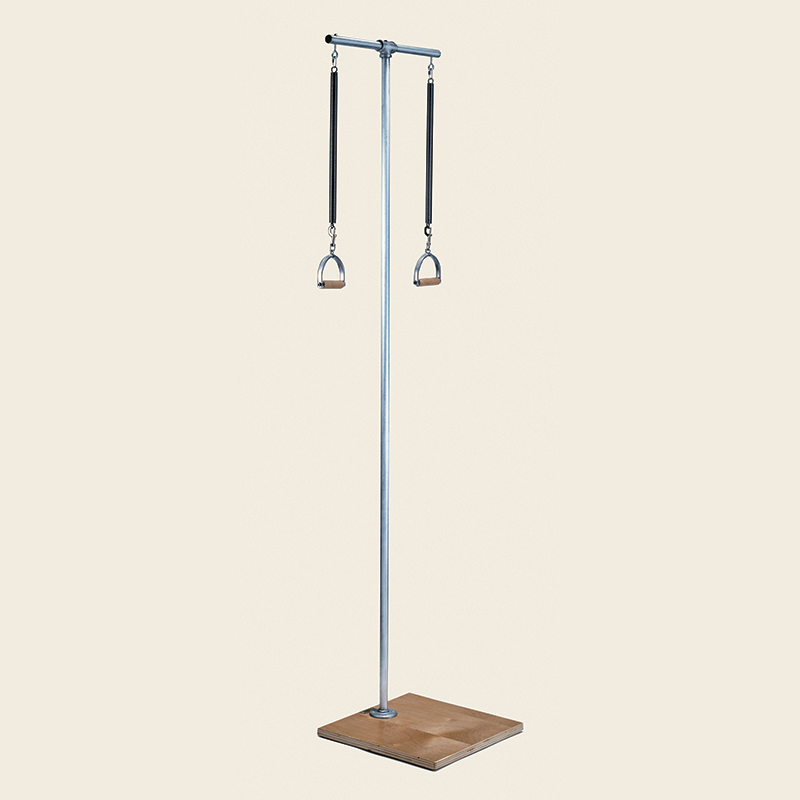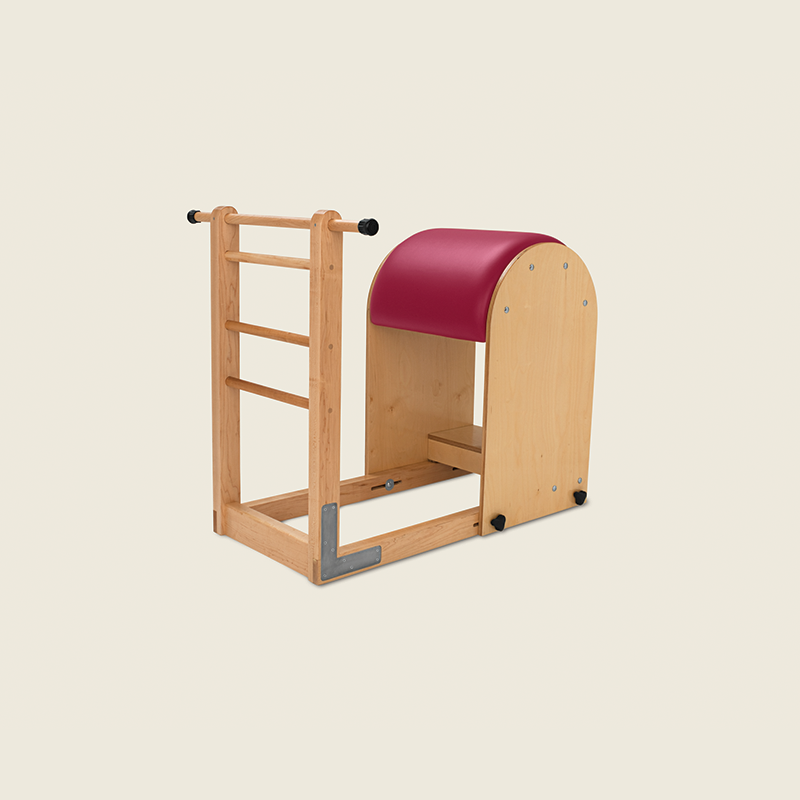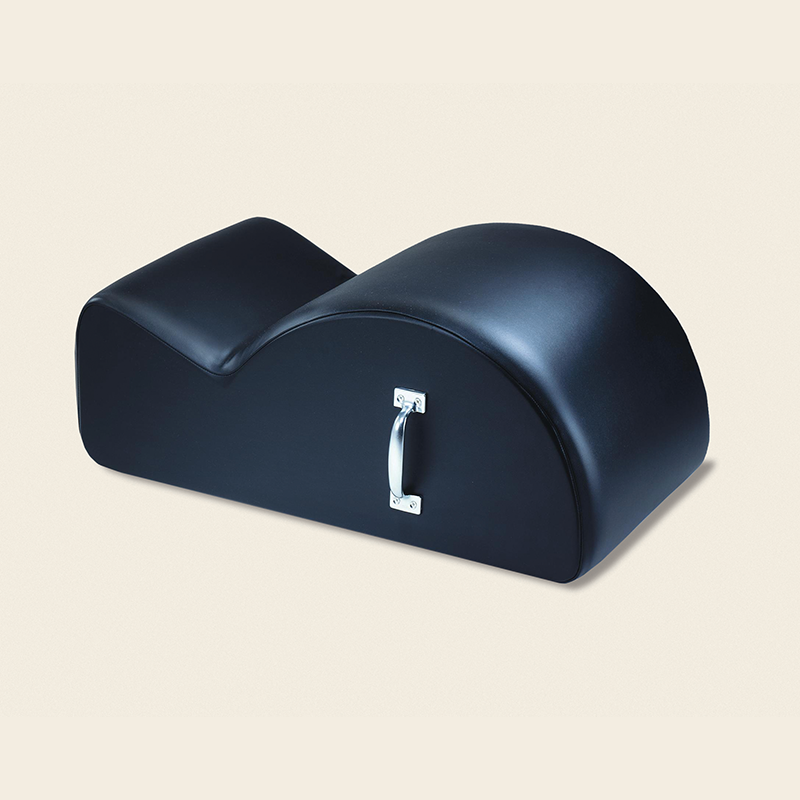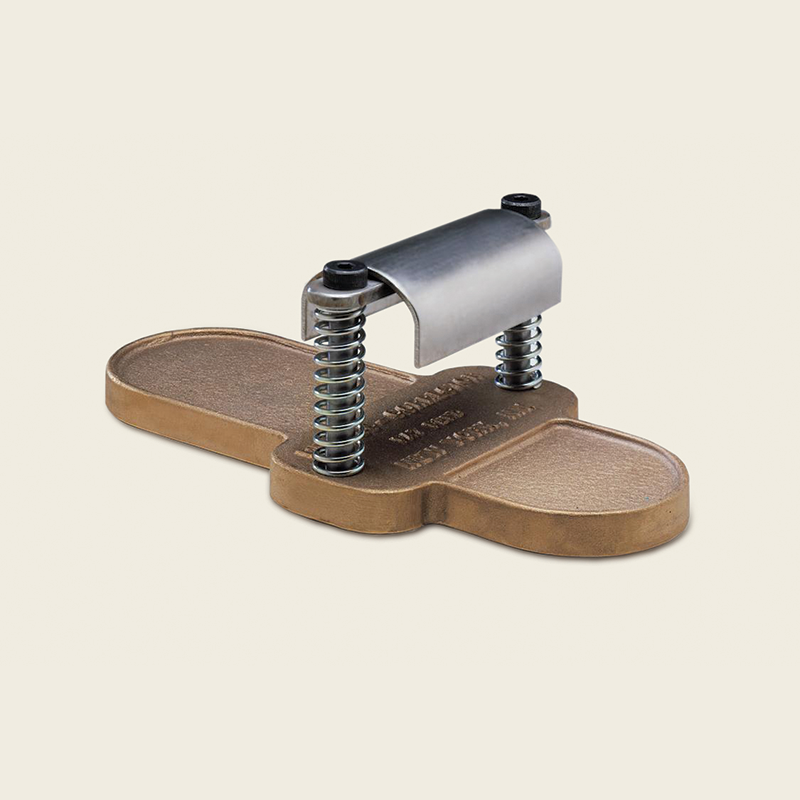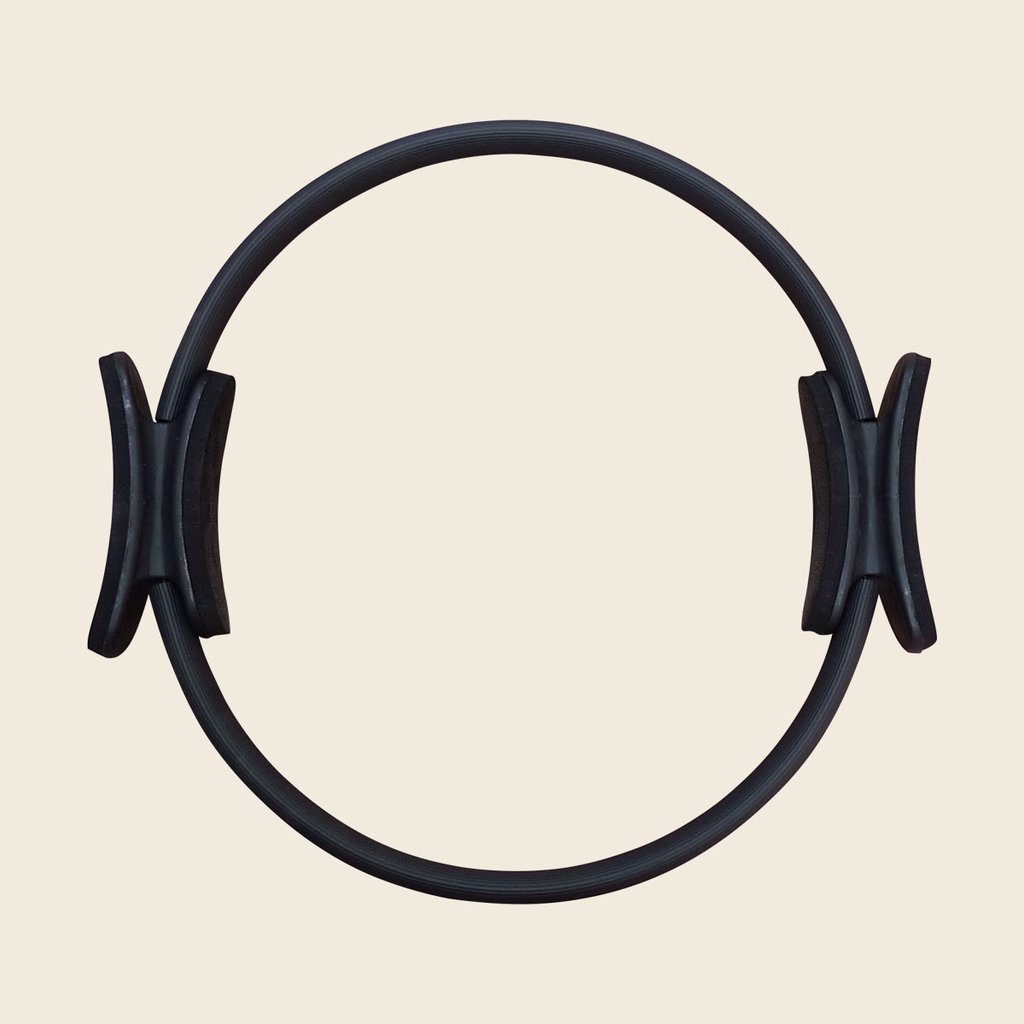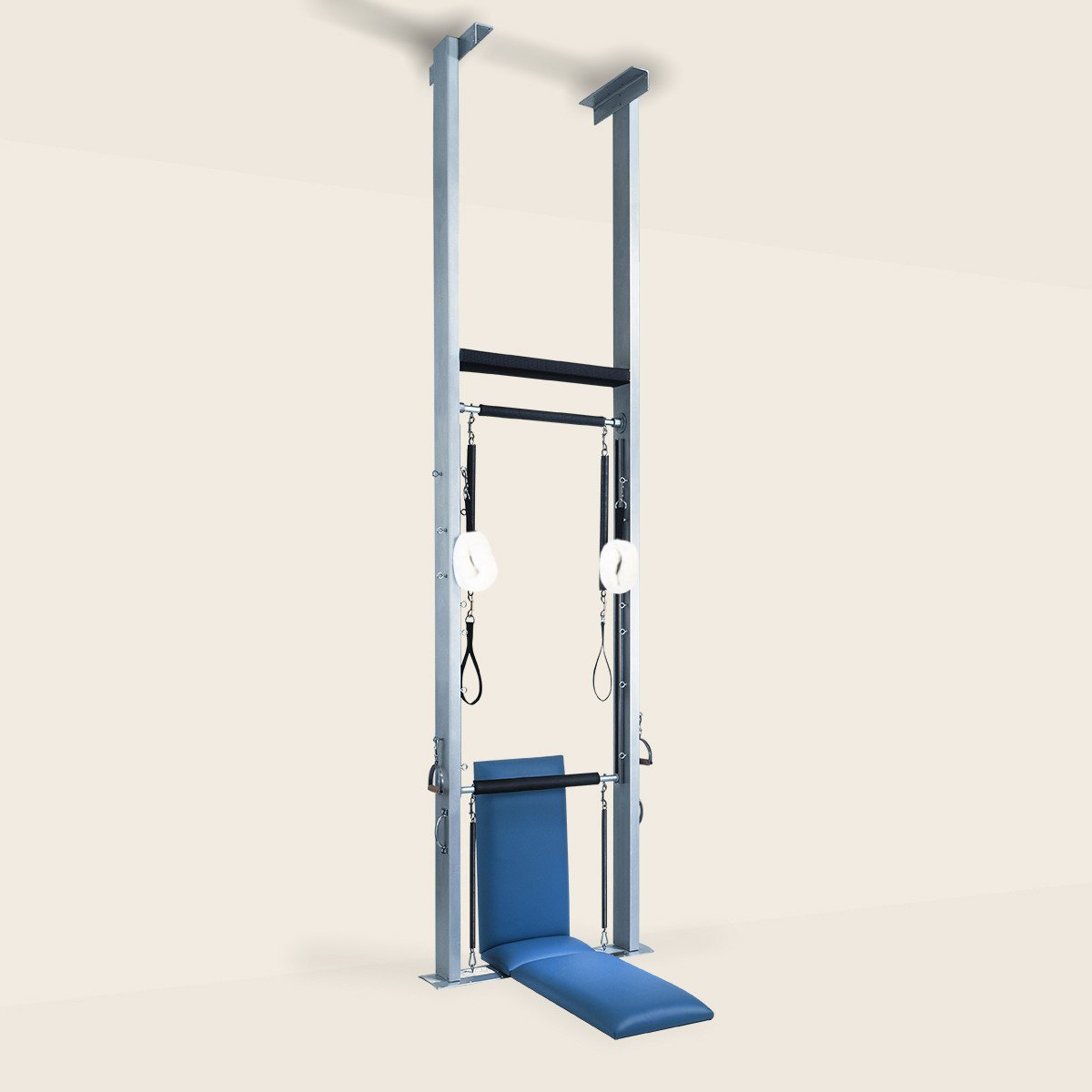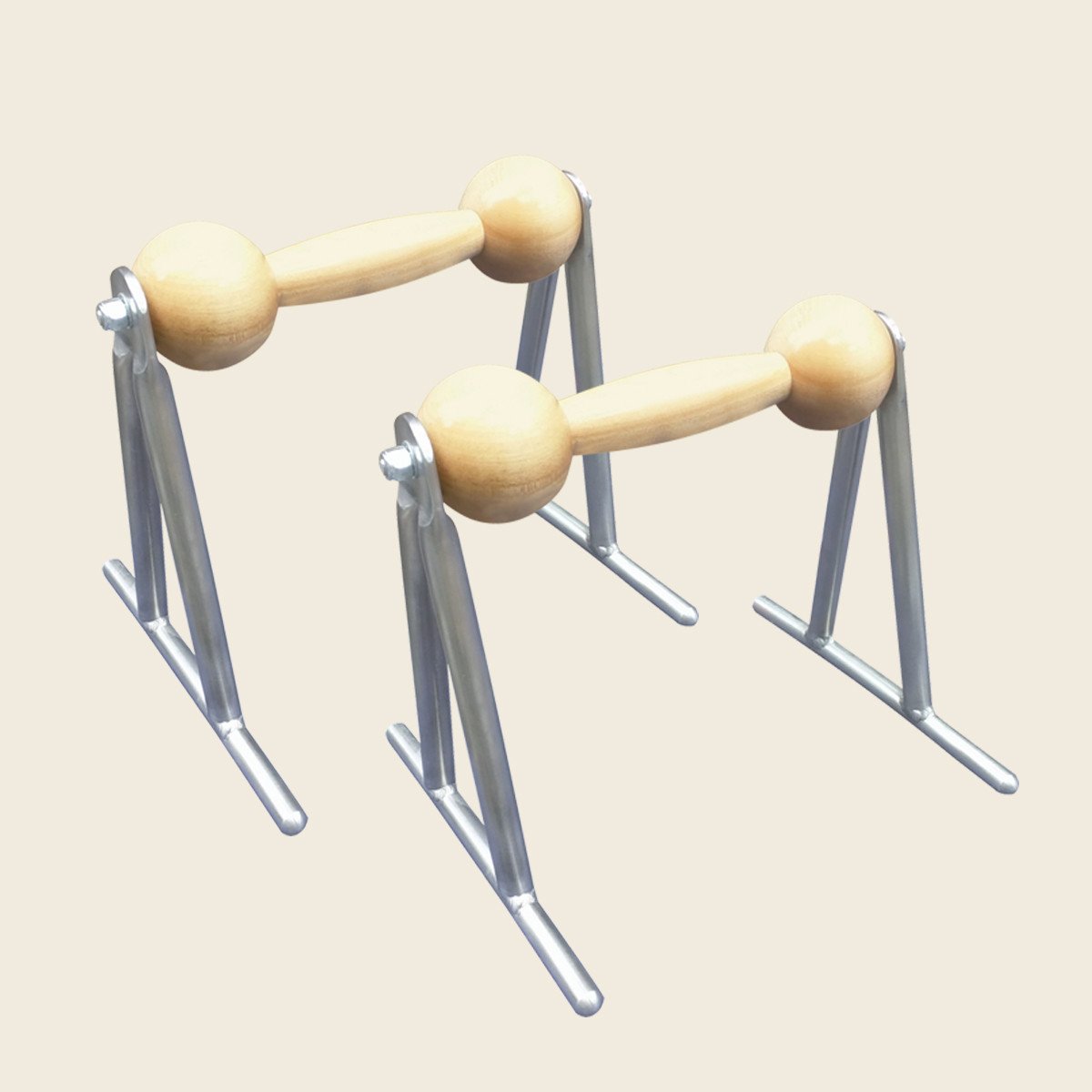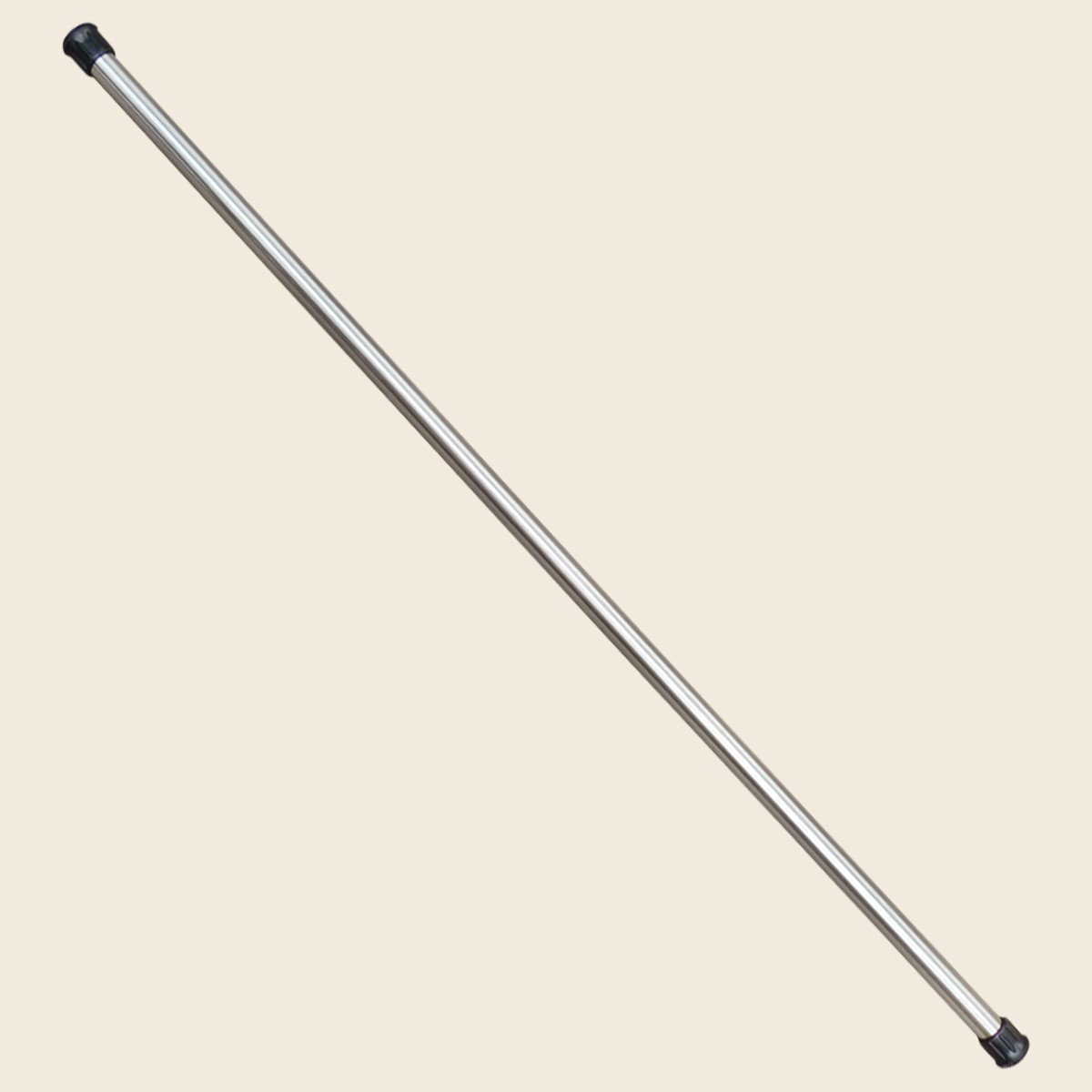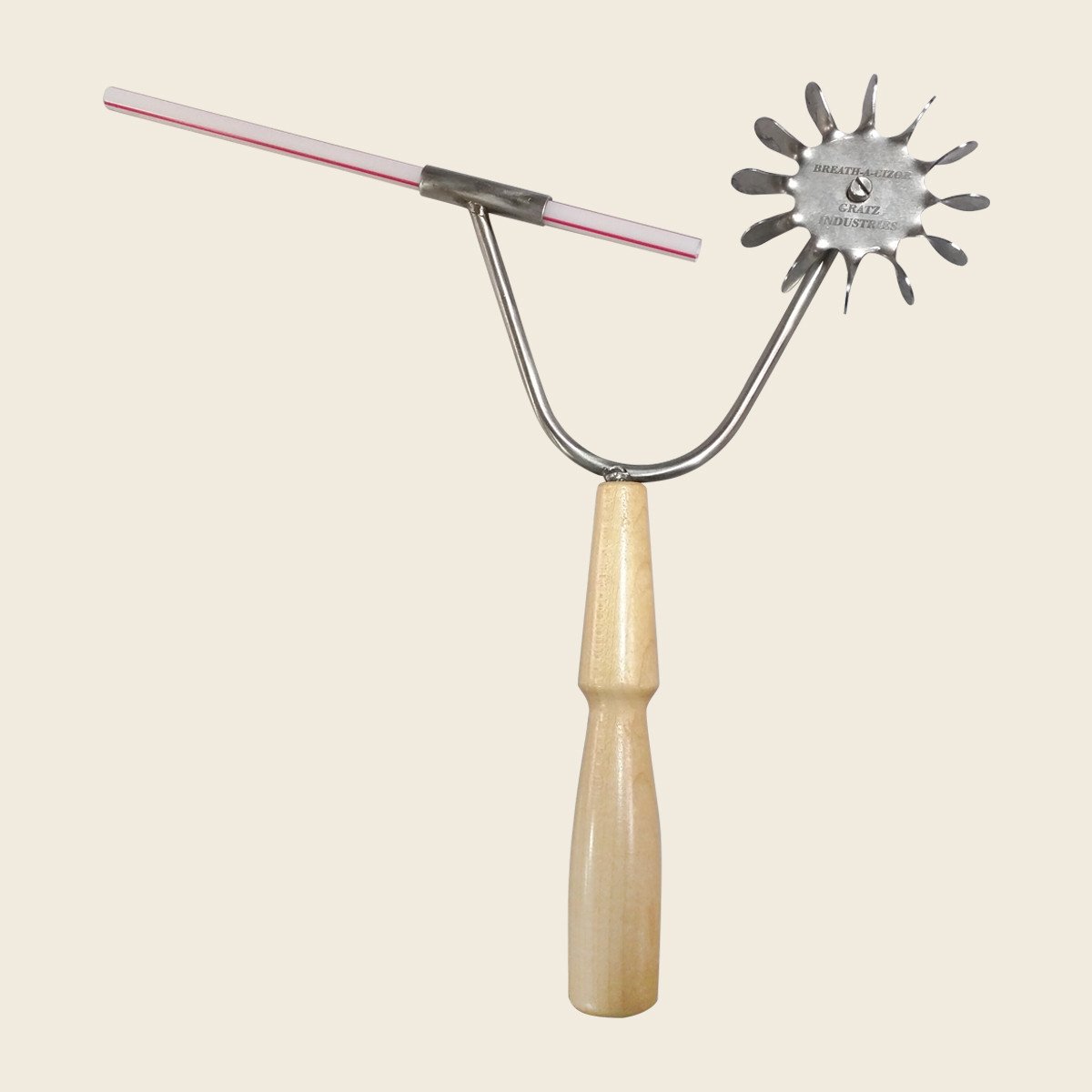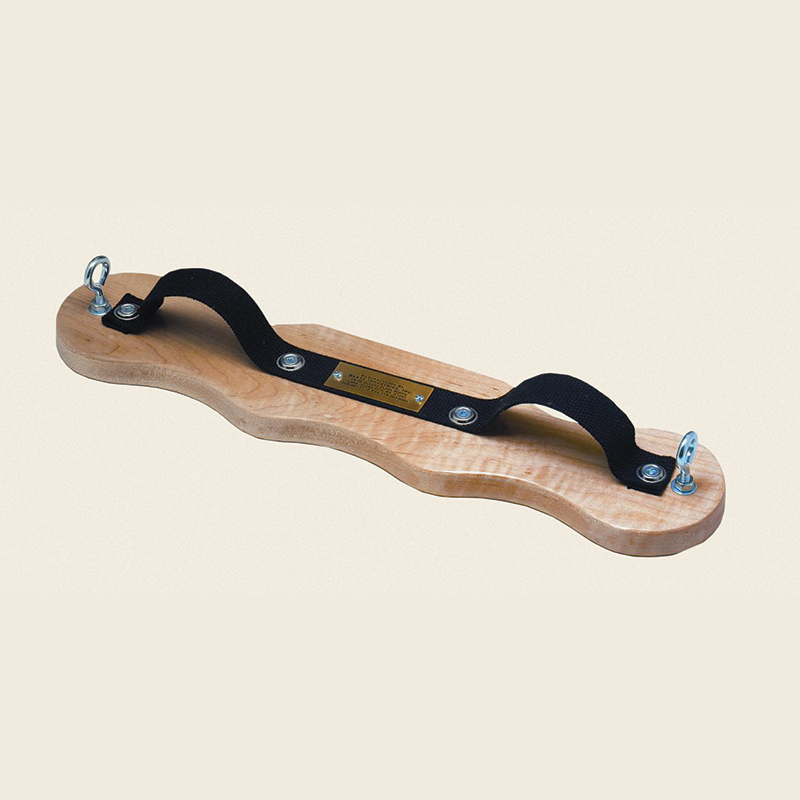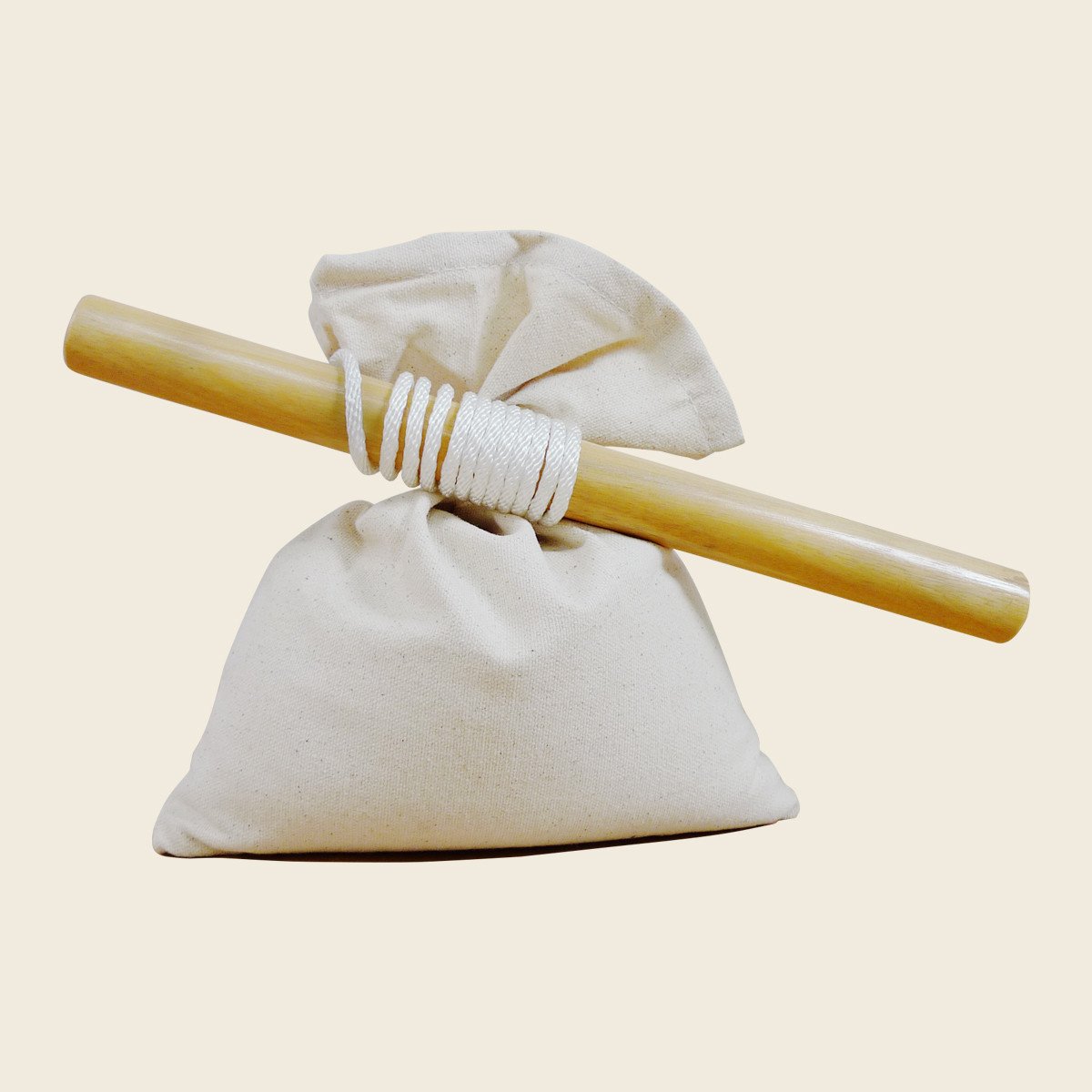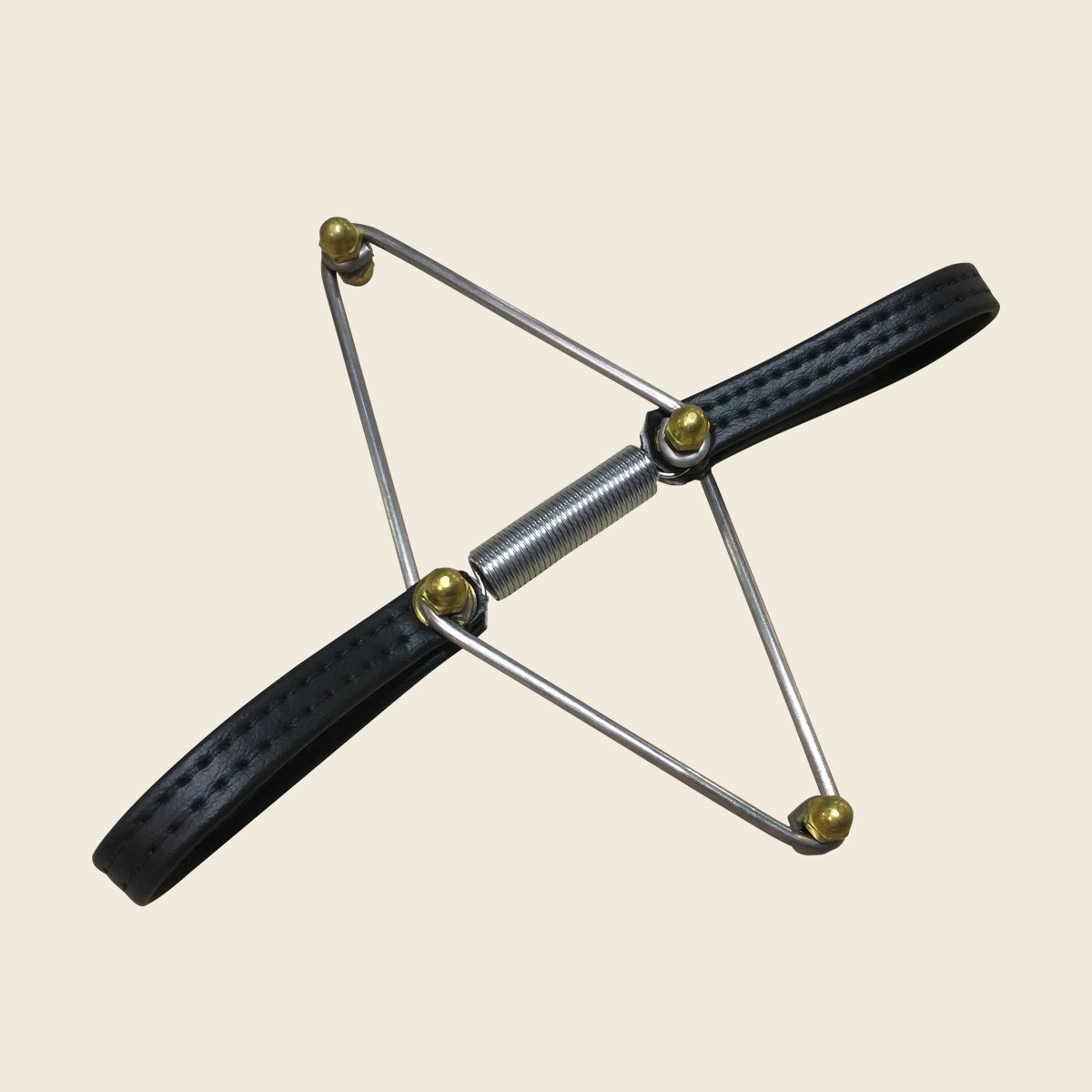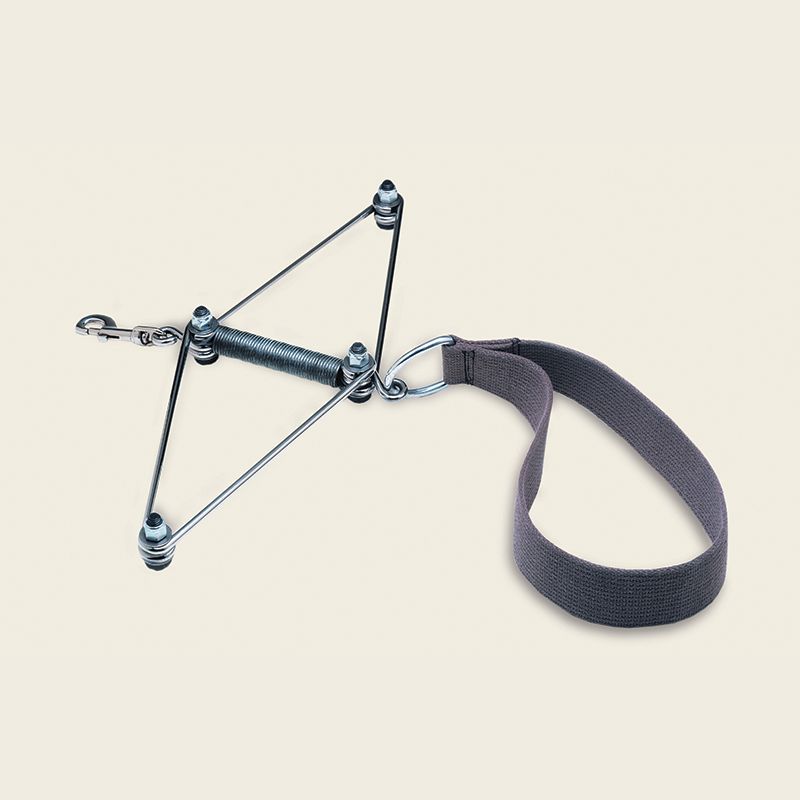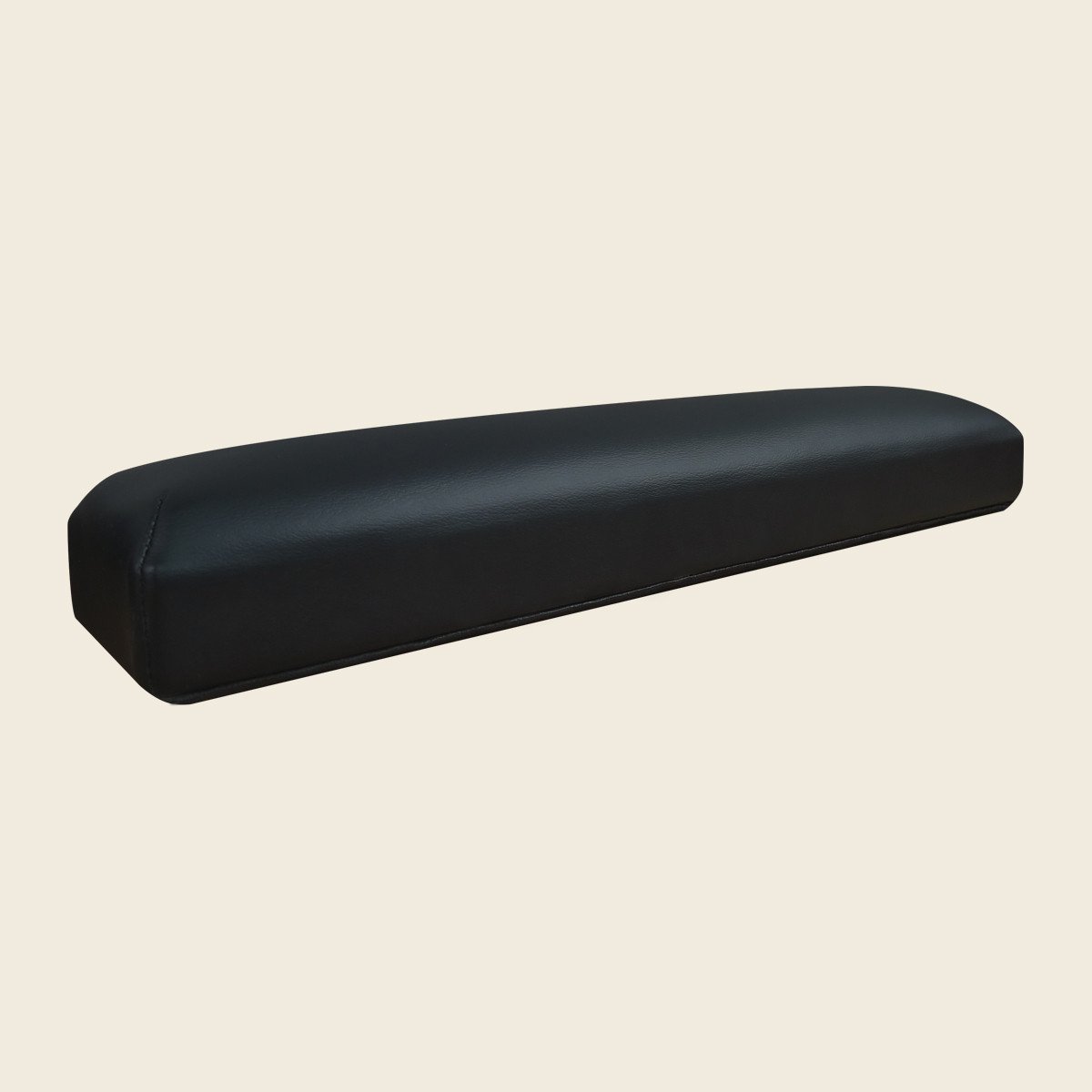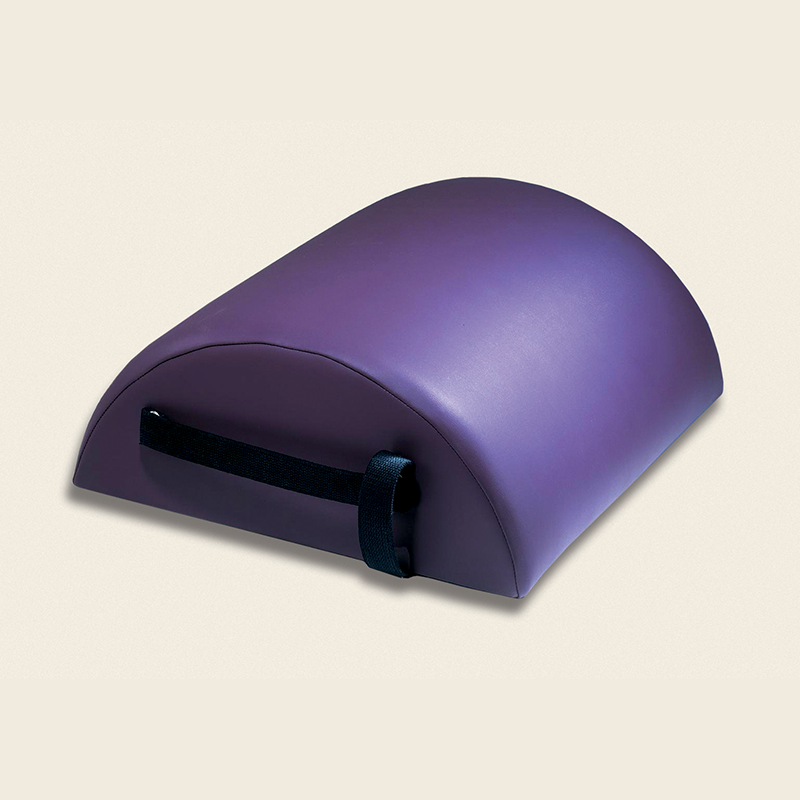The Original Pilates Method
TRUE TO THE CORE
the Contrology method
What is Pilates?
“You can say what Pilates is in 3 words: Stretch with Strength and Control. And (the) Control part is most important because that makes you use your mind.”
– Romana Kryzanowska
In simplest terms Pilates, originally called Contrology, is a balancing & realigning movement-based full-body workout.
It is the most functional core-oriented form of fitness that exists. Joseph Pilates created a method, originally for rehabilitation, that was based on the art of movement and philosophy & the science of human anatomy. Every exercise simultaneously combines mindfully stretching with strengthening in every move.
“Contrology or Pilates may be just words to many people, but at Romana’s Pilates ® it’s the exercises and philosophies of Joseph and Clara Pilates that we teach, as handed down to protégé Romana Kryzanowska. Hence the term “True Pilates.” Through True Pilates you first purposefully acquire complete control of your own body and then, through proper repetition of its exercises, you gradually and progressively acquire that natural rhythm and coordination associated with all your mental and subconscious activities. True Pilates is designed to give you suppleness, natural grace and skill that will be unmistakably reflected in the way you walk, play and work. You will develop muscular power with corresponding endurance, ability to perform arduous duties, to play strenuous games, to walk, run or travel for long distances without undue body fatigue or mental strain.”*
*True Pilates
The Origins of "Classical" Pilates
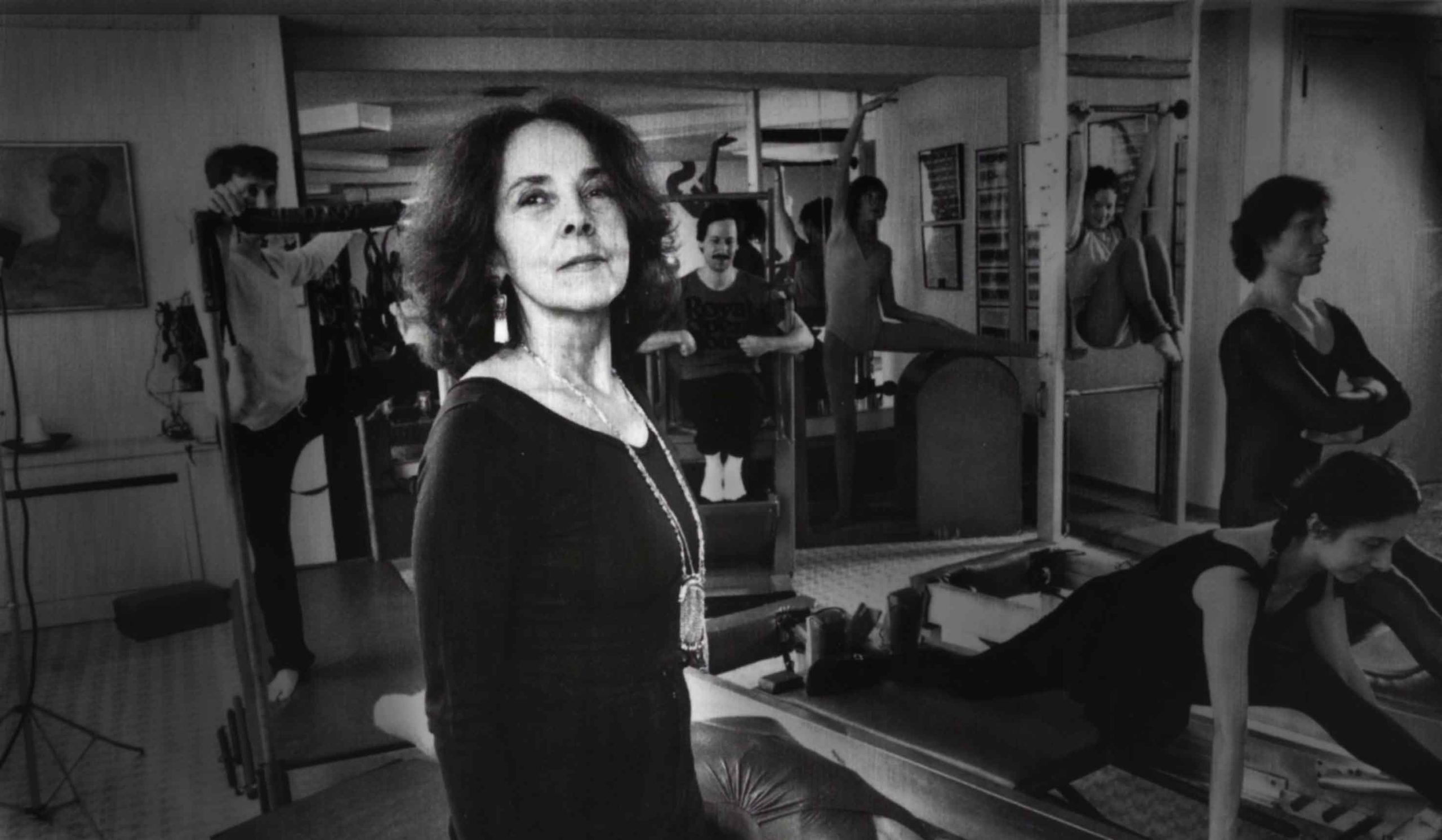
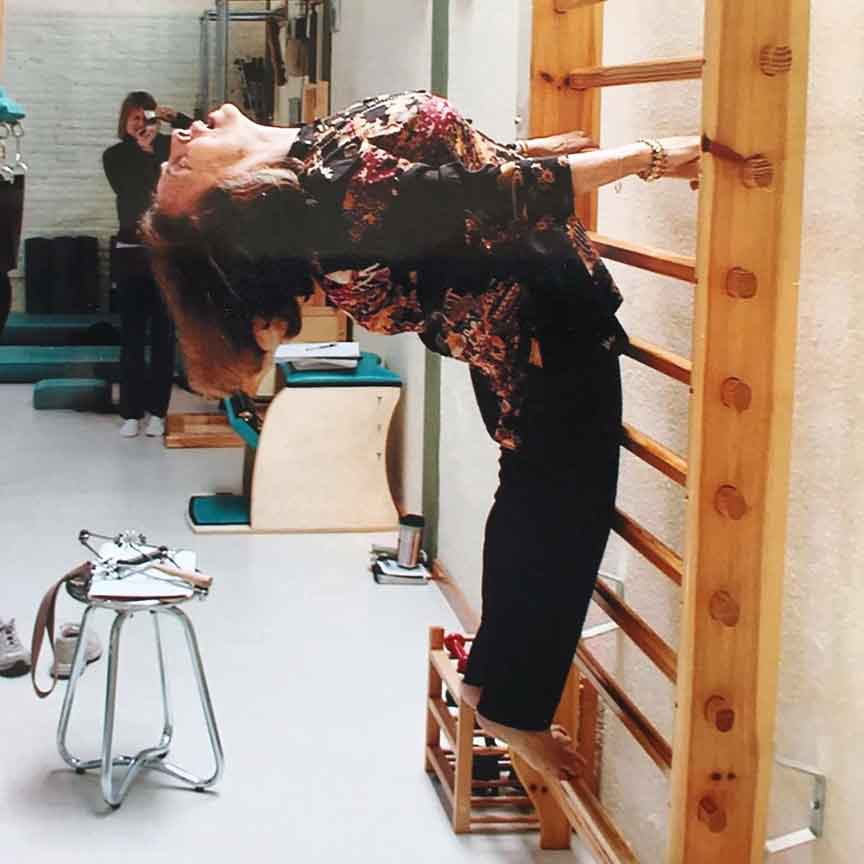
All “Classical” Roads Lead to Romana…
The Pilates method is in the details…that’s what sets us apart. In today’s market there have been many spawns and various takes on the method. Most recently the current trend of “modernized” or “updated” Pilates has seen the uprise in claims of “classical Pilates” as a distinction.
So what is “classical”? If Joseph Pilates was the Father of Pilates then his protégé Romana Kryzanowska was the Mother. Joe taught many clients, some of which went on to teach in his studio and open their own schools of “Pilates.” The same is the case with Romana. Today “classical” is another of way of saying “inspired by,” a spin-off from those who trained with Romana, in various capacities, but who created their own training programs.
Most of these “classical” schools teach Pilates as a routine, often times skipping the foundation and jumping right through to the “advanced” work. Not only is that dangerous but it misses the long-term strength that only the depth of the work can provide. Why be “classical” when you can be original…
Pilates is a language. It should be respected and taught as such.
6 Principles of Pilates
Though these principles were not originally distinguished by Joseph Pilates, over the years they have been recognized as the general guiding message of the work:
Mind-Body Connection: Pilates is the ultimate mind-body enhancing exercise system. Being present in the moment and bringing your focus to the task at hand is essential to successful mind-body connection resulting in contol. Joseph Pilates considered this a means to awaken dead brain cells and provide a building to neurological pathways. Learning to both listen to your body and to communicate with it forces you to set aside the outside world and its situations/worries/problems. Some would consider this a form of meditation.
“The Part That Uses Your Mind”: The process of dictating which muscle groups will preform a movement, large or small. Through concentration and the building of body-awareness we can increase how we control our body, first consciously until it becomes natural. Without concentration our body creates movements from a limited set of muscle groups repeatedly, often times compensating and disregarding alignment just to keep us upright and moving.
Physical Balance: Pilates is the ultimate mind-body enhancing exercise system. Being present in the moment and bringing your focus to the task at hand is essential to successful mind-body connection resulting in control. Joseph Pilates considered this a means to awaken dead brain cells and provide a building to neurological pathways. Learning to both listen to your body and to communicate with it forces you to set aside the outside world and its situations/worries/problems. Some would consider this a form of meditation.
The First Element of Life: Joseph Pilates is said to have cured himself of his asthma by training his own breath to be more efficient. The general rule in Pilates is that we “breathe to live” but there are certain exercises that are considered “breathing exercises”. Most of us have a much shallower breath than we realize. Proper breath training not only helps with circulation providing increased amounts of oxygen to our blood but it also provides a level of lightness to our spines. By expanding the lungs to their full capacity your expand the back of the rib cage, the area attached to the spine which, in turn, helps elongate and lift the spine and decompress the vertebrae. In essence working from the inside out.
How We Advance: The quality of movement is essential to the effectiveness of the method. The difference between a tucked spine and a lengthened one can be a matter of mere millimeters. The same is true with the alignment of the knees to form a proper gate. The details matter. Seeing, understanding and being guided by these details is also, ultimately, the deepest distinction and effectiveness of the original Pilates method as from the rest.
The Ultimate Goal: Movement is the most fundamental element to the Pilates system. Joseph Pilates believed that age is defined by the flexibility of the spine. A body in motion is a healthy body. Most pain is a result of the stiffness of muscles from a stagnant body position for a prolonged amount of time. In Pilates every exercise is meant to be connected through seemless continuous movement. The movements connecting each exercise, “transitions,” are considered exercises themselves. Connecting each exercise promotes and challenges the ability of the powerhouse to be used in daily life. These “transitions” also promote muscle memory which takes the method beyond the studio and into everyday life.
A System of Equipment
A machine works you; you work an apparatus.
When personalized alignment is the priority in every movement having the correct angles, proportions, and resistance is essential to achieving peak physical and mental connections. Uncompromised quality means uncompromised design.It is for this reason that we insist on combining the original movements and philosophies with the original equipment design manfuctured by Gratz. These apparatus guide the body to connect with its weakest areas through continuous movement.
